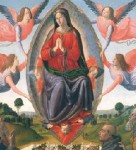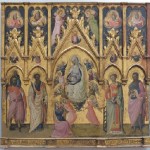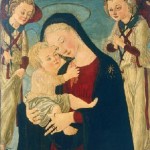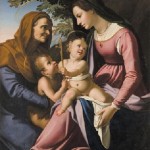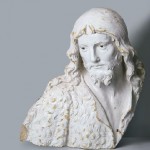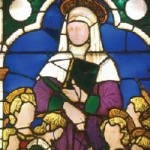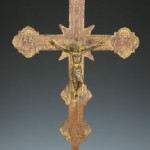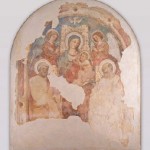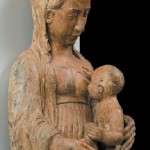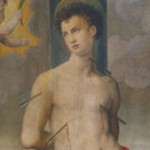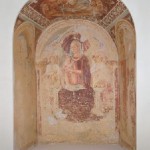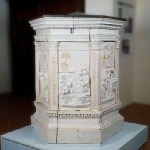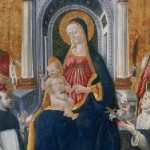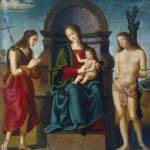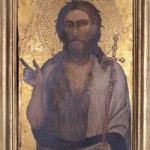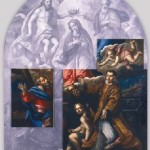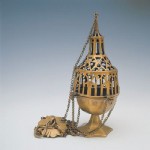The creation of the Museum goes back to 1967, the period when the Superintendency was pushed, for reasons of security and preservation, to safeguard the important works of art that were at risk of being stolen or scattered.
The current district museum was inaugurated in 2000, its collection of artworks enriched with subjects closely tied to the Mugello. The works of art therefore were/have been arranged according to their provenance in this thematic tour that unfolds on the ground floor of the building.
The first room briefly shows, with a variety of objects, the various themes of the exhibition tour. Valuable processional crosses from the churches of/ in Olmi and Vicchio, set beside a simple rogation (or processional) cross, indicate the various aspects of devotion and at the same time the wealth of the Mugello’s liturgical heritage, a heritage, a patrimony that, for a long time, has been somehow considered “minor” but which, in reality, includes objects of extraordinary elegance and workmanship.
A reproduction of an ex voto offering set next to the famous work of the Madonna with Child and Two Angels by the elegant Master of the Straus Madonna sums up the aspects of two different figurative and devotional cultures.


